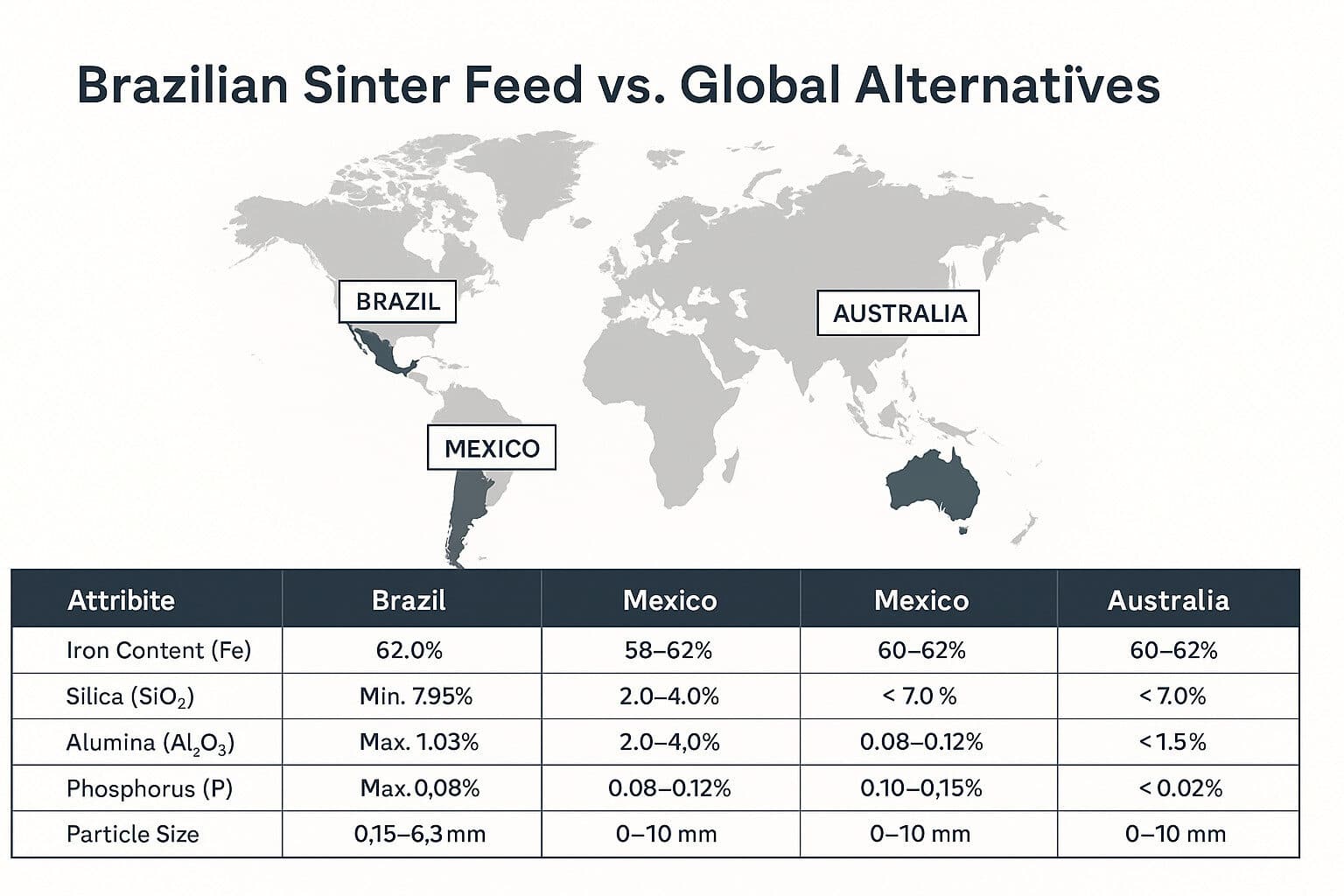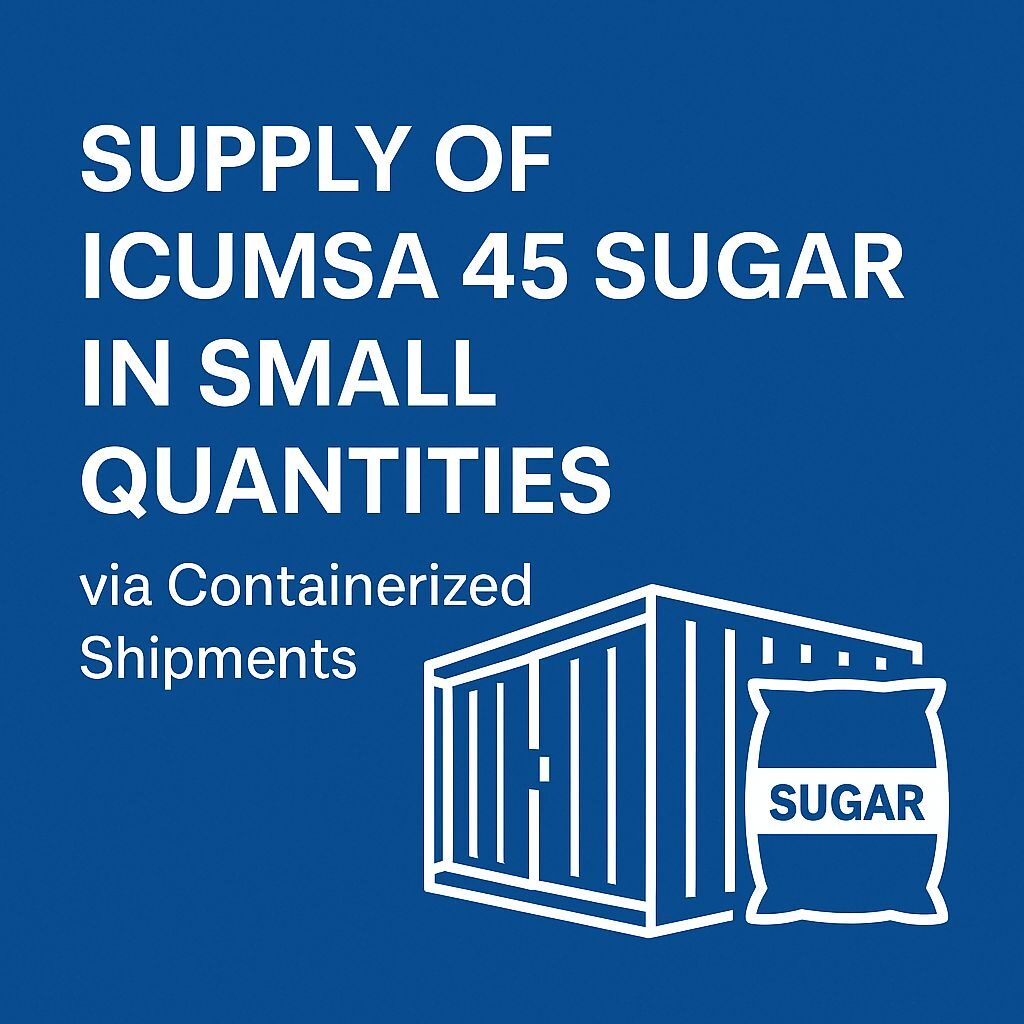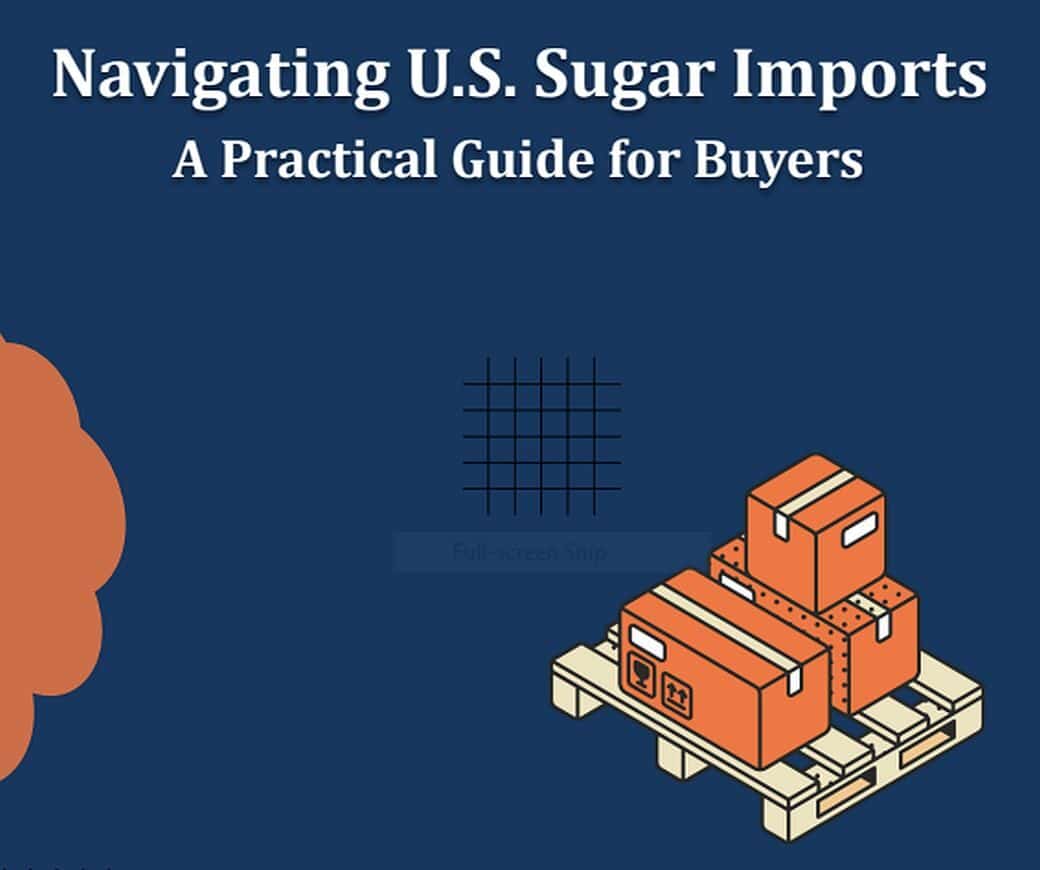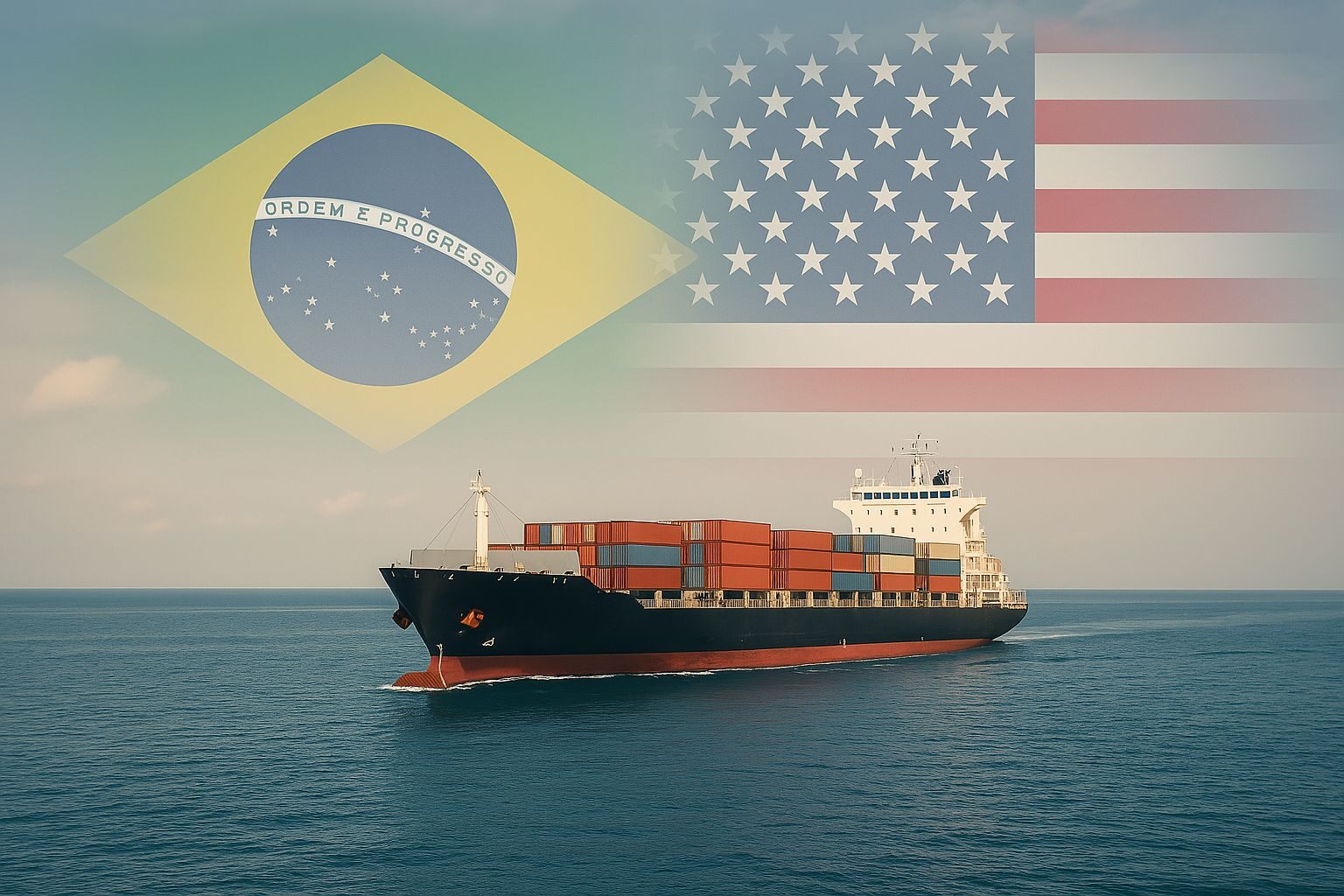What are Food Commodities?
From the invigorating aroma of your morning coffee to the satisfying chewiness of bread, food commodities are the unsung heroes that nourish billions across the globe. They are the raw or minimally processed agricultural products that form the backbone of our food supply, providing the essential calories, nutrients, and flavors that sustain us.
These commodities are traded in vast quantities on global markets, influencing economies, shaping food security, and ultimately impacting the price and availability of the food we find on our grocery store shelves.
Understanding food commodities is key to comprehending the intricate web of food production, distribution, and consumption in our interconnected world. It’s about recognizing the interconnectedness of farmers, traders, manufacturers, retailers, and consumers in a global food system that spans continents.
By delving into the world of food commodities, we gain insights into how our daily meals are connected to a vast network of people, processes, and resources.
So, what exactly are food commodities? They encompass a wide range of products, each playing a distinct role in our diets and the global economy.
Whether it’s the wheat that gives us flour for bread, the soybeans that are transformed into cooking oil and animal feed, or the coffee beans that fuel our mornings, food commodities are the building blocks upon which our entire food system rests.
The Diverse Landscape of Food Commodities
Food commodities comprise a diverse and dynamic group of products, each with its unique role in the global food system. They can be broadly categorized as follows:
Grains: Often referred to as the “staff of life,” grains are the cornerstone of diets worldwide. They include staple crops like wheat, rice, corn (maize), and soybeans. These grains provide essential carbohydrates, which are the primary source of energy for many populations. Wheat is a key ingredient in bread, pasta, and baked goods, while rice is a staple food in Asia and other parts of the world. Corn serves as a versatile ingredient for human consumption, animal feed, and biofuel production. Soybeans are a major source of protein and oil, used in various food products and industrial applications.
Livestock: Livestock commodities include cattle, hogs (pigs), and poultry (chicken, turkey, etc.). They are essential sources of protein, dairy products (milk, cheese, yogurt), and eggs. The global demand for meat continues to rise, driven by population growth and increasing incomes in developing countries. Cattle are raised for both beef and dairy production, while hogs are primarily used for pork. Poultry is a popular and relatively affordable source of protein worldwide.
Soft Commodities: Unlike grains and livestock, soft commodities are generally non-staple agricultural products. They include coffee, sugar, cocoa, cotton, and orange juice. These commodities are often associated with indulgence and pleasure, adding flavor, sweetness, and texture to our diets and daily lives. Coffee and cocoa are key ingredients in popular beverages, while sugar is a ubiquitous sweetener used in countless food products. Cotton is a major textile fiber, and orange juice is a refreshing and nutritious drink.
Oils and Fats: Oils and fats derived from plants or animals are essential components of our diets and various industrial processes. They provide energy, essential fatty acids, and flavor to food. Common examples include palm oil (used in cooking and processed foods), soybean oil (a major cooking oil and ingredient in animal feed), canola oil (used in cooking and salad dressings), and olive oil (known for its health benefits and culinary uses).
Other: This category encompasses a wide range of agricultural products, including fruits, vegetables, nuts, and spices. While not always considered staple foods, they are crucial for providing nutritional diversity and enriching our diets. Fruits and vegetables offer essential vitamins, minerals, and dietary fiber, while nuts provide healthy fats and protein. Spices add depth and complexity to our culinary experiences.
Understanding the different types of food commodities is essential for grasping the complexities of the global food system. The production, trade, and consumption of these commodities have far-reaching implications for food security, economic development, and environmental sustainability. In the following sections, we will delve deeper into how food commodities are traded, their impact on our lives, and the challenges and opportunities that lie ahead in this dynamic and ever-evolving sector.
The Exchange of Essentials: How Food Commodities Are Traded
Food commodities, by their very nature, are traded on a global scale. The journey from farm to table often involves a complex network of transactions and exchanges that span continents. Two primary mechanisms facilitate this trade:
Global Exchanges: Major financial centers host dedicated exchanges where food commodities are bought and sold in massive quantities. These exchanges, such as the Chicago Mercantile Exchange (CME Group) and the Intercontinental Exchange (ICE), provide a platform for traders to negotiate futures contracts. A futures contract is an agreement to buy or sell a specific quantity of a commodity at a predetermined price on a future date. These contracts allow producers, processors, and end-users to manage price risk and ensure a stable supply of commodities.
Over-the-Counter (OTC) Markets: In addition to formal exchanges, food commodities are also traded through OTC markets. These are decentralized networks where buyers and sellers negotiate directly with each other. OTC trades often involve customized contracts and quantities, providing flexibility for participants who may not find standardized exchange contracts suitable for their needs.
The prices of food commodities are influenced by a multitude of factors, making them inherently volatile. Weather patterns, geopolitical events, government policies, and fluctuations in supply and demand all play a role in determining prices. For example, a drought in a major wheat-producing region can lead to a decrease in supply, driving up prices. Similarly, trade disputes or political instability can disrupt supply chains, causing price spikes.
Speculation also plays a significant role in commodity markets. Investors buy and sell futures contracts based on their expectations of future price movements. While speculation can provide liquidity and efficiency to markets, it can also exacerbate price volatility. Concerns have been raised about the impact of excessive speculation on food prices, particularly during periods of food insecurity.
The trading of food commodities is a complex and interconnected system. It involves farmers, traders, processors, retailers, and consumers from around the world. Understanding the dynamics of this system is crucial for comprehending how food prices are determined, how food security is maintained, and how the global economy is impacted by the trade of these essential goods.
The Vital Role of Food Commodities: Feeding the World and Fueling Economies
Food commodities are not mere products traded on exchanges; they are the lifeblood of our global food system. Their importance extends far beyond their monetary value, playing a crucial role in several key areas:
-
Food Security: At the most fundamental level, food commodities ensure that people have access to the basic sustenance they need to survive. They provide the calories and nutrients that are essential for human health and well-being. Grains like wheat, rice, and corn form the dietary staples for billions of people worldwide. Livestock products like meat, dairy, and eggs are crucial sources of protein and other essential nutrients. Ensuring a stable supply of food commodities is paramount for preventing hunger and malnutrition, particularly in vulnerable populations and regions affected by conflict or natural disasters.
-
Economic Development: Food commodity production and trade are major drivers of economic activity, particularly in developing countries. Agriculture often employs a significant portion of the workforce in these regions, providing livelihoods for farmers and rural communities. The income generated from the sale of food commodities supports local economies, contributes to national GDP, and can drive investment in infrastructure and development projects. Additionally, the food processing industry, which transforms raw commodities into consumer products, creates jobs and adds value to agricultural output.
-
Environmental Impact: The production of food commodities has a profound impact on the environment. Agriculture is a major land user, and farming practices can significantly affect soil health, water resources, and biodiversity. The use of fertilizers, pesticides, and other agrochemicals can have detrimental effects on ecosystems and human health. The livestock sector, in particular, is a significant contributor to greenhouse gas emissions, deforestation, and water pollution. However, there is also a growing recognition of the need for sustainable agriculture practices that minimize environmental impact, conserve natural resources, and promote biodiversity.
The importance of food commodities cannot be overstated. They are the foundation of our global food system, providing sustenance, driving economic growth, and shaping environmental outcomes. However, the production and trade of these commodities also pose significant challenges, including the need to adapt to climate change, ensure fair prices for farmers, and promote sustainable agricultural practices.
Challenges and Opportunities in Food Commodity Markets
The world of food commodities is not without its challenges. As the global population grows, climate change intensifies, and consumer preferences evolve, the food system faces a complex set of pressures and opportunities. Understanding these dynamics is crucial for charting a sustainable and equitable path forward.
Climate Change: One of the most pressing challenges facing food commodity production is the increasing frequency and intensity of extreme weather events linked to climate change. Droughts, floods, heatwaves, and other climate-related disasters can devastate crops, disrupt supply chains, and lead to price spikes. Farmers are at the forefront of these impacts, facing unpredictable growing seasons and reduced yields. Adapting to climate change requires a multi-faceted approach, including the development of drought-resistant crops, improved irrigation systems, and sustainable farming practices that prioritize soil health and water conservation.
Price Volatility: The prices of food commodities are notoriously volatile, subject to fluctuations driven by weather patterns, geopolitical events, and speculative trading. This volatility can have severe consequences for both producers and consumers. For farmers, sharp price drops can lead to financial hardship and jeopardize their livelihoods. For consumers, particularly those in low-income countries, rising food prices can lead to food insecurity and malnutrition. Managing price volatility requires a combination of market-based solutions, such as risk management tools and price stabilization mechanisms, as well as government policies that support farmers and protect consumers.
Technology and Innovation: While climate change and price volatility pose significant challenges, technological advancements offer promising solutions. Precision agriculture, which utilizes data analytics, sensors, and GPS technology to optimize farming practices, can improve yields, reduce input costs, and minimize environmental impact. Biotechnology, including genetically modified organisms (GMOs), has the potential to develop crops that are more resistant to pests, diseases, and drought. Additionally, innovations in supply chain management, such as blockchain technology, can enhance traceability, transparency, and efficiency in the food commodity trade.
Consumer Trends: Consumer preferences are also evolving, with a growing demand for food that is not only nutritious and affordable but also sustainably and ethically produced. This shift is driving a growing interest in organic, fair-trade, and locally sourced food products. Consumers are increasingly concerned about the environmental and social impact of their food choices, and they are willing to pay a premium for products that align with their values. This trend presents both challenges and opportunities for food commodity producers and traders, who must adapt to meet these evolving demands and differentiate their products in a crowded marketplace.
The challenges facing the food commodity market are complex and interconnected, but they also offer opportunities for innovation, sustainability, and greater equity. By embracing technology, investing in sustainable agriculture, and responding to consumer demands, we can create a food system that is more resilient, equitable, and capable of nourishing a growing global population in the face of a changing climate.
A Glimpse into the Future of Food Commodities
As we look to the future, the world of food commodities is poised for continued transformation. The challenges of climate change, price volatility, and evolving consumer demands will remain ever-present, but so too will the opportunities for innovation, sustainability, and greater equity.
The transition towards a more sustainable food system is already underway. Farmers are adopting regenerative agriculture practices that prioritize soil health, water conservation, and biodiversity. The use of renewable energy in agricultural production is increasing, reducing the sector’s carbon footprint. Technology is playing a crucial role in optimizing farming practices, improving supply chain efficiency, and empowering consumers to make informed choices about the food they buy.
The global community is also recognizing the need for greater equity in the food system. Efforts are underway to ensure that smallholder farmers receive fair prices for their products, that vulnerable populations have access to affordable and nutritious food, and that the benefits of trade are shared more equitably.
The future of food commodities is intertwined with the broader goals of achieving global food security, mitigating climate change, and promoting sustainable development.
By investing in research and innovation, supporting farmers, and empowering consumers, we can create a food system that is resilient, equitable, and capable of nourishing a growing global population while protecting the planet.
FAQ: Your Burning Questions About Food Commodities, Answered
-
What is the difference between a food commodity and a food product?
A food commodity is a raw or minimally processed agricultural product traded in bulk on global markets. Examples include wheat, corn, soybeans, coffee beans, and live cattle. A food product, on the other hand, is a finished item made from one or more food commodities and often includes additional ingredients and processing. Examples include bread, cereal, vegetable oil, coffee, and beef.
-
How do food commodities affect my grocery bill?
The prices of food commodities directly impact the cost of food products at the grocery store. Fluctuations in commodity prices, caused by factors like weather events, geopolitical tensions, or changes in supply and demand, can lead to higher or lower prices for food items like bread, meat, dairy, and coffee.
-
Can I invest in food commodities?
Yes, you can invest in food commodities through various financial instruments, such as futures contracts, exchange-traded funds (ETFs), or commodity-linked notes. However, commodity markets can be volatile, and investing in them carries risks. It’s essential to do thorough research and consult with a financial advisor before investing.
-
What is the impact of climate change on food commodities?
Climate change poses significant challenges to food commodity production. Extreme weather events like droughts, floods, and heatwaves can disrupt harvests, reduce yields, and lead to price spikes. Climate change can also alter growing seasons, affect pest and disease patterns, and threaten the availability of water resources, all of which can impact food commodity production.
-
Are there ethical concerns about how food commodities are traded?
Yes, there are ethical concerns about the food commodity trade. Issues include the exploitation of farmers in developing countries, unfair pricing practices, land grabs, and the environmental impact of large-scale agricultural production. Additionally, concerns have been raised about the role of speculation in driving price volatility, which can harm both producers and consumers.
-
What are some sustainable alternatives to conventional food commodities?
Sustainable alternatives to conventional food commodities include organic farming, agroforestry, regenerative agriculture, and permaculture. These practices prioritize soil health, biodiversity conservation, water conservation, and the reduction of chemical inputs. Additionally, supporting local farmers and choosing fair-trade certified products can contribute to a more sustainable and equitable food system.
-
How can consumers make informed choices about the food they buy?
Consumers can make informed choices by reading labels, researching the origins of their food, choosing products with certifications like organic or fair-trade, and supporting local farmers markets. Additionally, reducing food waste and eating a more plant-based diet can also contribute to a more sustainable food system.
-
What is the role of government in regulating food commodity markets?
Governments play a crucial role in regulating food commodity markets by setting quality standards, ensuring food safety, protecting consumers from price gouging, and supporting farmers through subsidies and other programs. They also participate in international trade negotiations to ensure fair and equitable access to food commodities for all countries.
-
What are the career opportunities in the food commodity industry?
The food commodity industry offers diverse career opportunities, including roles in farming, trading, logistics, quality control, risk management, market analysis, agricultural policy, and sustainability. Professionals in this field can work for agribusiness companies, commodity exchanges, government agencies, non-profit organizations, or start their own ventures.
-
What is the future outlook for food commodities in a changing world?
The future of food commodities is uncertain, but it is clear that the industry will need to adapt to a changing climate, growing population, and evolving consumer demands. The transition towards more sustainable and equitable practices will be essential for ensuring food security, protecting the environment, and supporting the livelihoods of farmers and communities worldwide. Technology, innovation, and collaboration will play a crucial role in shaping this future.







